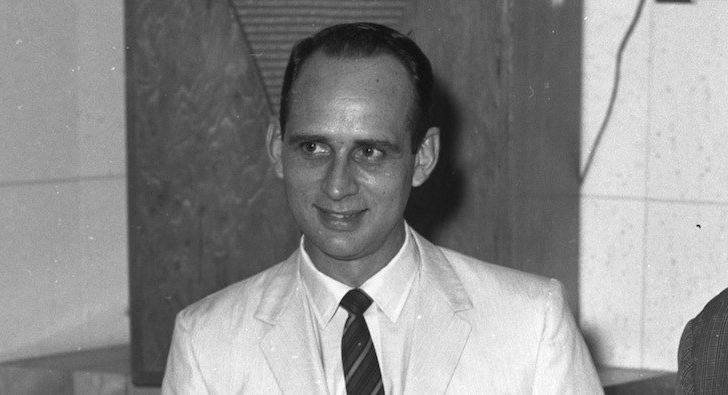The 96 years old Nashville, Tennesse native Glenn Snoddy, and longtime studio engineer, and inventor of “fuzz” guitar distortion died at his home in Murfreesboro, Tenn last Monday (May 21, 2018).
Before he was able to invent that “Fuzz” tone, Snoddy was in the middle of engineering a recording session for the country singer Marty Robbins in 1960 when he consciously heard guitarist Grady Martin’s sounded so distorted and was very unusual.
“We thought there was something wrong, and something was wrong,” Snoddy shared to Murfreesboro Daily News Journal. “The transformer in the amplifier blew up.”
It was a fortunate accident for him, as the distortion in Martin’s guitar solo on Robbins’ “Don’t Worry,” attracted a lot of guitarists all across genres. Snoddy innovated with it and recreated the sound in a pedal that guitarist could use with any guitar and amp combined – the famous button on the amp. Gibson then bought the rights to Snoddy’s invention and manufactured and re-naming it as “Maestro Fuzz-Tone.”
The sound also played an important role for rock n’ roll in 1965 when Keith Richards used the Maestro Fuzz-Tone on the Rolling Stones’ “(I Can’t Get No) Satisfaction,” and with, he created a signature riff for the track. Since then, the pedal became a necessity for every rock guitarist.

